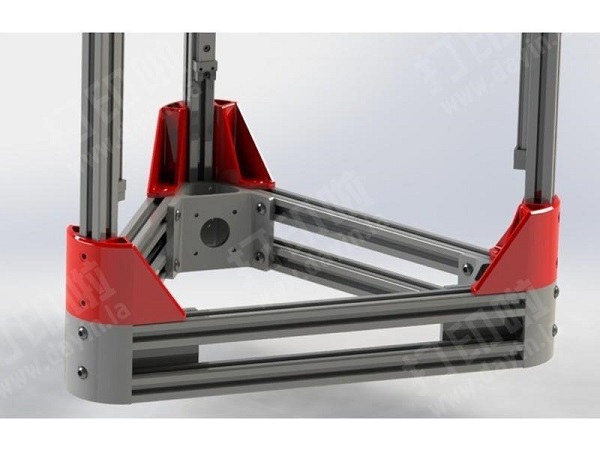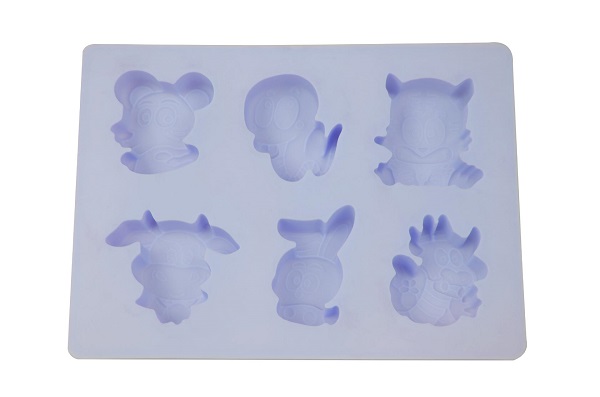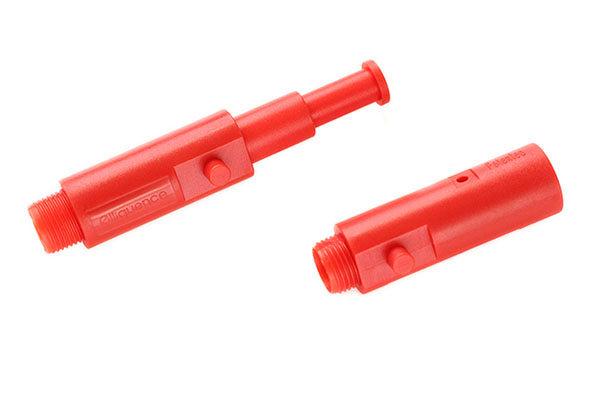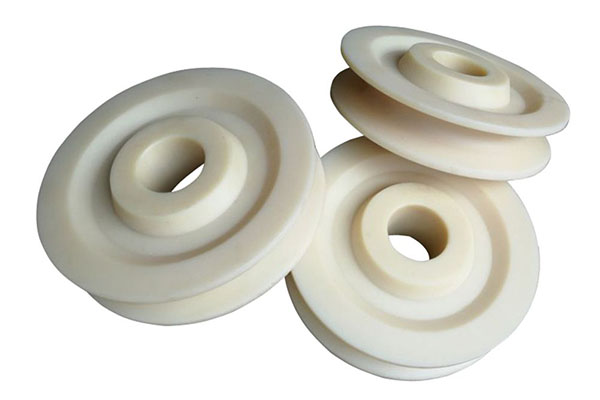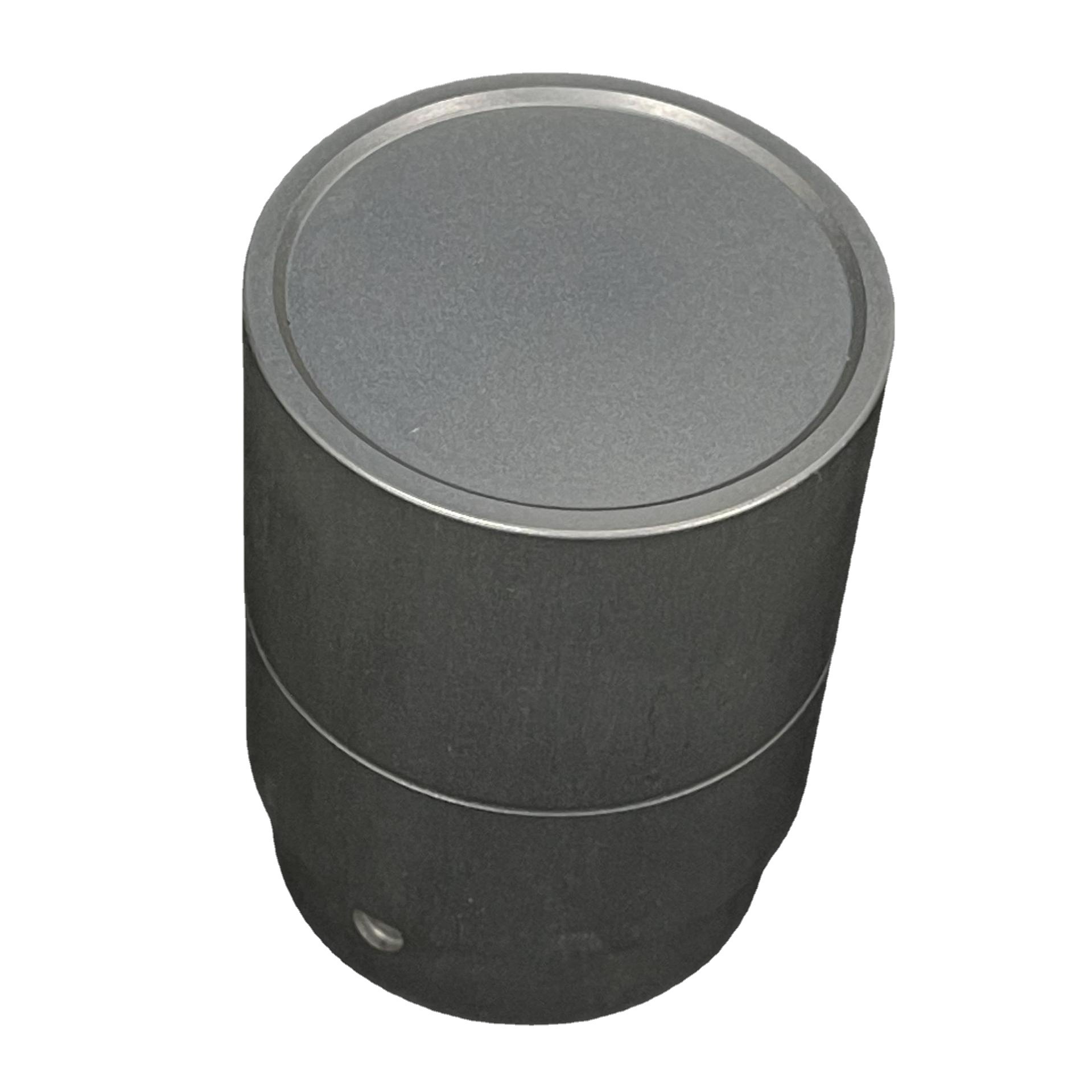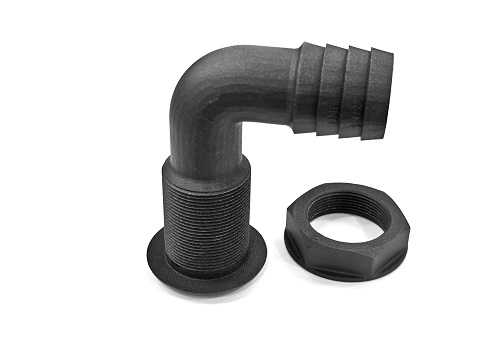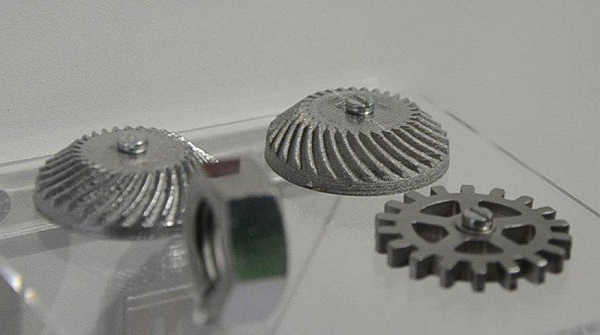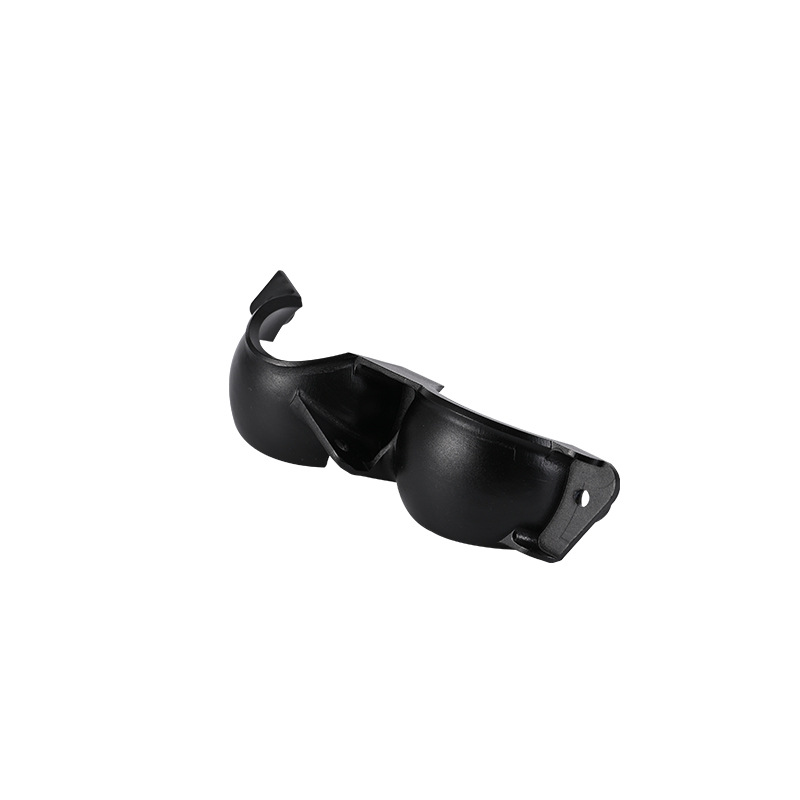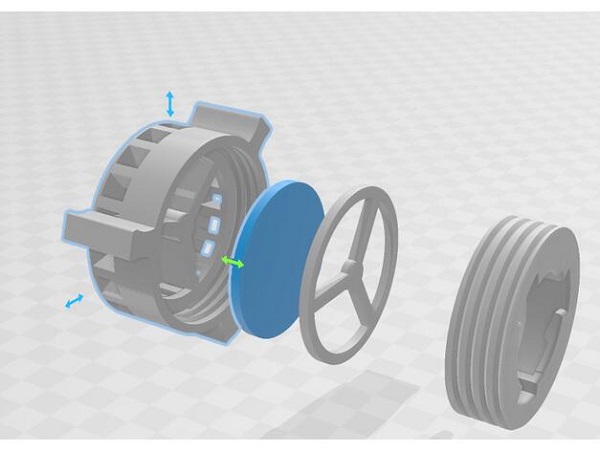Introduction
In the fascinating world of 3D printing, support structures play a pivotal role. When you're 3D printing an object, especially one with overhangs, bridges, or complex geometries, support structures are often essential. They act like the invisible scaffolding that holds up the parts of your 3D - printed model during the printing process, ensuring that the final product maintains its intended shape and integrity. Without proper support, overhanging parts might droop, bridges could collapse, and complex features might not form correctly.
The choice of support type can significantly impact the quality of your 3D - printed object, the post - processing effort required, and even the material consumption. Different 3D printing technologies, such as Fused Deposition Modeling (FDM), Stereolithography (SLA), and Selective Laser Sintering (SLS), may be more compatible with certain types of supports. So, let's dive into the various 3D printer support types and explore their characteristics, advantages, and drawbacks.
Common 3D Printer Support Types
Tree - like Supports
Tree - like supports, as the name implies, resemble the structure of a tree. They start from a single base and branch out in a hierarchical manner to support the overhanging parts of a 3D - printed model. This type of support is highly efficient in terms of material usage. For instance, compared to traditional solid - block supports, tree - like supports can save 30% - 50% of the support material. This is because they only use the necessary amount of material at each branching point to provide adequate support.
The tree - like structure also offers excellent support strength. The branches are strategically placed to distribute the weight of the overhanging parts evenly. This makes them suitable for models with complex overhangs, such as those with multiple levels of overhanging structures. However, post - processing tree - like supports can be a bit more challenging. The intricate branching structure may require more careful removal to avoid damaging the printed model.
Linear Supports
Linear supports are the most straightforward type of support structures. They are composed of straight lines or rods that are placed vertically or horizontally to support the model. These supports are easy to generate and are often the default choice in many 3D printing slicer software.
Linear supports are particularly effective for models with simple geometries, such as those with large, flat overhangs. For example, if you are printing a large - scale flat - topped object with a significant overhang, linear supports placed at regular intervals along the edge of the overhang can provide stable support. They are also relatively easy to remove during post - processing, usually just requiring a simple break or cut.
However, linear supports may not be the best choice for complex models with irregular overhangs. In such cases, they may not be able to provide sufficient support in all areas, leading to potential print failures. Additionally, they tend to use more material compared to tree - like supports for complex geometries, as they often need to be placed in a more dense pattern to ensure stability.
Grid Supports
Grid supports are made up of a series of intersecting lines that form a grid - like pattern. This type of support provides a high level of stability and is suitable for models with complex shapes and multiple overhangs in different directions.
A study showed that grid supports can withstand forces from multiple directions much better than linear supports. When a load was applied at an angle to the printed model, grid supports were able to distribute the force evenly across the grid, preventing the model from collapsing. In contrast, linear supports were more likely to fail under the same angled load.
Grid supports are especially useful for models with intricate internal structures or those that require support in multiple planes. For example, when printing a model with a lattice - like internal structure, grid supports can be placed both on the outer overhangs and within the internal lattice to ensure that all parts of the model are properly supported. But grid supports can be more difficult to remove than linear supports due to their complex structure, and they also consume a relatively large amount of material.
Factors to Consider When Choosing Support Types
Model Geometry
The geometry of your 3D - printed model is a crucial factor in determining the support type. For models with simple geometries, such as cubes or cylinders with small overhangs, linear supports are often sufficient. For example, if you are printing a cube with a 20 - degree overhang on one side, linear supports placed at the edge of the overhang can easily hold it up during the printing process.
On the other hand, models with complex curved surfaces or multiple levels of overhangs are better suited for tree - like supports. Consider a model of a statue with flowing robes that have multiple overhanging folds. Tree - like supports can adapt to the complex shape, providing support at different heights and angles, ensuring that the delicate folds are printed accurately.
For models with large, flat overhangs, grid supports can be a good choice. They offer stability across a wide area. For instance, when printing a large - scale architectural model with flat, overhanging rooftops, grid supports can be placed evenly across the underside of the rooftops to prevent sagging.
Material Compatibility
Different 3D printing materials have varying degrees of compatibility with different support types. PLA (Polylactic Acid) is a popular and easy - to - print material. Since it is relatively brittle, supports that are easy to remove are preferred. Tree - like supports are often a good match for PLA as they can be carefully broken off without causing too much stress on the printed model.
ABS (Acrylonitrile Butadiene Styrene), on the other hand, is more flexible and heat - resistant. However, it can be more difficult to remove supports from ABS prints without leaving marks. Linear supports may be more suitable for ABS in some cases, as they can be designed to have a relatively smooth contact surface with the model, making removal a bit easier.
For resin - based 3D printing materials used in SLA printers, water - soluble supports can be a great option. These supports can be easily dissolved in water after the print is complete, leaving the printed model clean and free of support residues. This is especially important for high - detail resin prints where manual removal of supports might damage the fine features.
Ease of Removal
The ease of support removal is an aspect that can't be overlooked. Tree - like supports, while efficient in material usage, can be a bit tricky to remove. The best approach is to use a pair of sharp, fine - tipped tweezers. Gently grasp the branches of the tree - like support close to the model and carefully break them off in small sections. This way, you can minimize the risk of accidentally scratching or chipping the model.
Linear supports are generally easier to remove. A simple pair of pliers can often do the job. You can grip the linear support firmly and pull it away from the model. However, if the linear support has been printed with a very strong adhesion to the model, you may need to use a small, sharp knife to carefully cut the support free.
Grid supports, due to their complex structure, are usually the most difficult to remove. It's advisable to start by breaking off the larger sections of the grid using pliers or a similar tool. Then, use a file or sandpaper to smooth out any remaining support material on the model surface. During the removal process, always work slowly and carefully to avoid damaging the printed object.
Yigu Technology's Perspective
As a non - standard plastic metal products custom Supplier, Yigu Technology understands the significance of choosing the right 3D printer support types. In our experience, the support type directly impacts the quality of the final product. For custom - made plastic and metal products, precision is key. Tree - like supports are often our go - to choice when dealing with complex geometries, as they save material and provide reliable support, which helps in cost - control.
For large - scale flat - surface products, linear or grid supports might be more suitable. However, we always conduct thorough pre - production tests to ensure that the chosen support type doesn't leave any unwanted marks or affect the product's structural integrity. By carefully considering the model geometry and material compatibility, we can produce high - quality non - standard products that meet our clients' exact requirements.
FAQ
Q1: How can I tell which support type is best for my simple 3D model?
If your 3D model has simple geometries, such as large flat overhangs or small, straightforward overhangs, linear supports are often a great choice. They are easy to generate in slicer software and can be easily removed during post - processing. For example, if your model is a cube with a small overhang on one side, linear supports placed along the edge of the overhang can provide stable support without using excessive material.
Q2: Do different 3D printing materials really affect support choice?
Yes, they do. Different materials have unique properties that influence support selection. For brittle materials like PLA, supports that are easy to remove, such as tree - like supports, are preferred as they can be carefully detached without cracking the model. ABS, being more flexible, may work better with linear supports that have a smooth contact surface, reducing the risk of leaving marks during removal. Resin - based materials used in SLA printers often benefit from water - soluble supports, which can be dissolved away, ensuring high - detail prints remain intact.
Q3: What's the easiest way to remove tree - like supports?
The best way to remove tree - like supports is to use a pair of sharp, fine - tipped tweezers. Gently grasp the branches of the support close to the model and carefully break them off in small sections. Start from the outer branches and work your way inwards. Be patient and take your time during the removal process to avoid scratching or chipping the printed model. If there are any stubborn parts, you can use a small, sharp knife to carefully cut them free, but be extremely cautious not to damage the main structure of the model.
